Pain and strange sensations are common
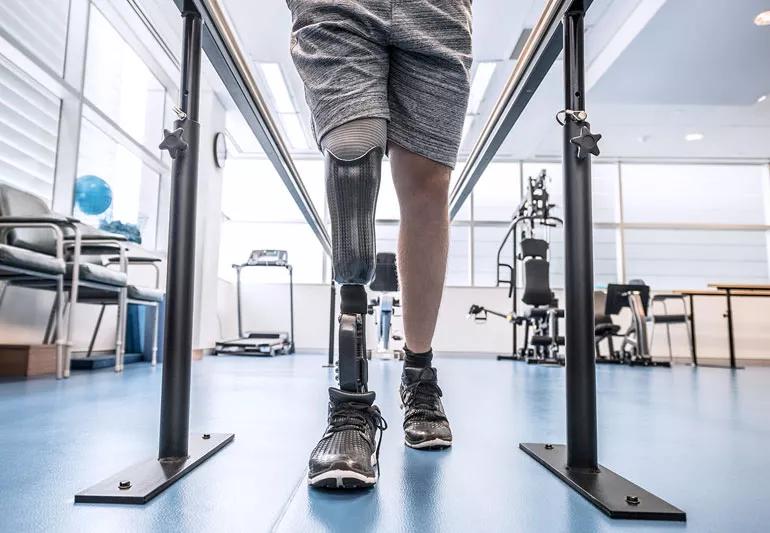
Most people experience some pain after undergoing surgery. It’s part of the healing process and generally subsides as your tissues repair themselves. However, it’s not that simple if you’re recovering from an amputation.
Cleveland Clinic is a non-profit academic medical center. Advertising on our site helps support our mission. We do not endorse non-Cleveland Clinic products or services. Policy
“After the initial post-surgical pain subsides, you may experience several types of sensations,” says pain management specialist Robert Bolash, MD. “Some might be painful and unpleasant and others might be strange and disconcerting.”
Doctors can help amputation patients control these sensations early on to limit long-term problems with post-amputation pain.
Amputation is sometimes necessary in cases of trauma — such as injuries from car accidents or military combat. Some medical conditions also progress to a point where amputation is necessary and people with vascular disease, diabetes and even certain tumors may eventually need an amputation.
“After the initial surgical incision and deeper tissues have healed, many amputees report sensations associated with the removed limb,” says Dr. Bolash. “It’s important to differentiate between the types of sensations in order to understand and treat them.”
Sometimes you may feel that a removed body part is still in place.
“It can be an arm or a leg, but can even happen with those who have breast cancer and have had a mastectomy,” says Dr. Bolash. “These women sometimes have a sensation that the breast is still there.”
A person experiencing telescoping has the feeling their missing limb is still there, but that it has shrunk to a very small size, similar to a collapsed telescope. There’s no mention of pain with this common type of sensation, but it is unnerving. Most patients experience phantom sensations of some sort within six months of an amputation.
Patients experiencing this sensation report an actual feeling of pain, ranging from mild to severe, in the missing body part. Patients often feel pressure, itching or even burning.
“Although amputations have occurred throughout human history, phantom pain first became clearly defined by a Civil War physician,” says Dr. Bolash. “This physician noted that as many as 90% of soldiers with limbs amputated during wartime developed some degree of phantom pain.”
About 95% of patients report feeling amputation-related pain and 80% feel phantom pain.
“It’s difficult to pin down the precise frequency because patients often are reluctant to report it,” he says. “It’s very real to them, but they can clearly look and see that the limb is gone, so they worry that their physician might begin to doubt their sanity.”
This type of pain occurs in the part of the limb that’s left behind — often referred to as the stump — after the amputation.
“At the amputation site, some people develop a neuroma,” says Dr. Bolash. “This occurs when a cut nerve ending forms a tiny ball on its end during healing or gets trapped in the suture line when the surgeon closes the incision.”
This is not phantom pain, but pain originating from the stump. Poorly fitting prosthetics or limb bruising can cause residual limb pain as well.
The success of treatment for post-amputation pain depends on your level of pain and the various mechanisms playing a role in causing the pain. While your surgeon may suggest beginning small exercises or managing your stress levels, there are five treatment techniques that go beyond the basics.
Here are five of the most effective treatment techniques:
If you’re dealing with post-amputation sensations, it’s crucial to discuss it with your doctor immediately. Early treatment by an experienced pain management expert can reduce the chances that the problem will develop into something more severe in the future.
Learn more about our editorial process.
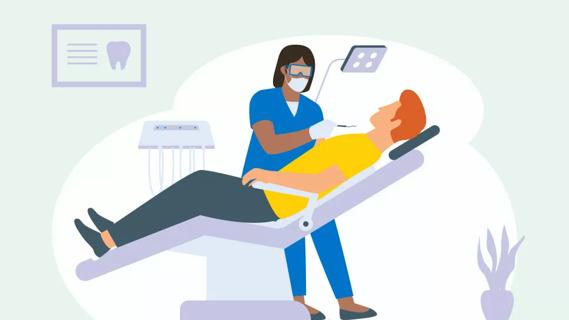
If you have naturally red hair, feeling the pain may be in your DNA

From physical and biofeedback therapy to nerve ablations and blocks, there are many nonsurgical options for managing back pain
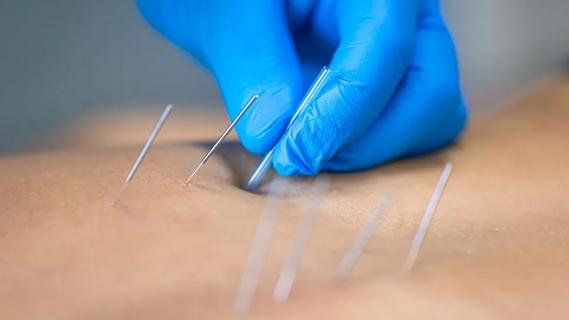
Both can help reduce pain, but they’re very different in terms of origins, philosophies and practices

Use foot warmers and hand warmers, layer your clothing and avoid sharp shifts in temperature
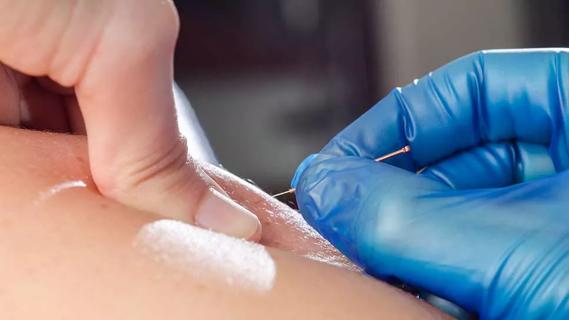
As part of a larger treatment strategy, it can help decrease muscle tightness and reduce pain

Rest, physical therapy, acupuncture and nerve blocks are just a few ways to find relief

Get moving, use cold packs, and try yoga and stretches to ease back pain
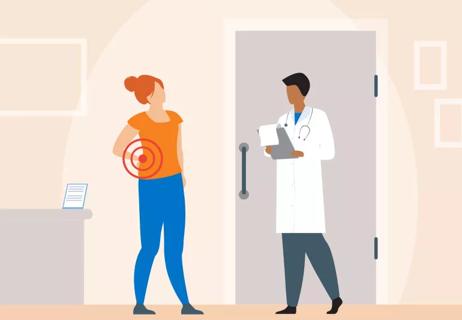
Arthritis, migraines and endometriosis are common causes of chronic pain

Your metabolism may torch 1,300 to 2,000 calories daily with no activity

A gentle touch in all the right places may help drain your sinuses